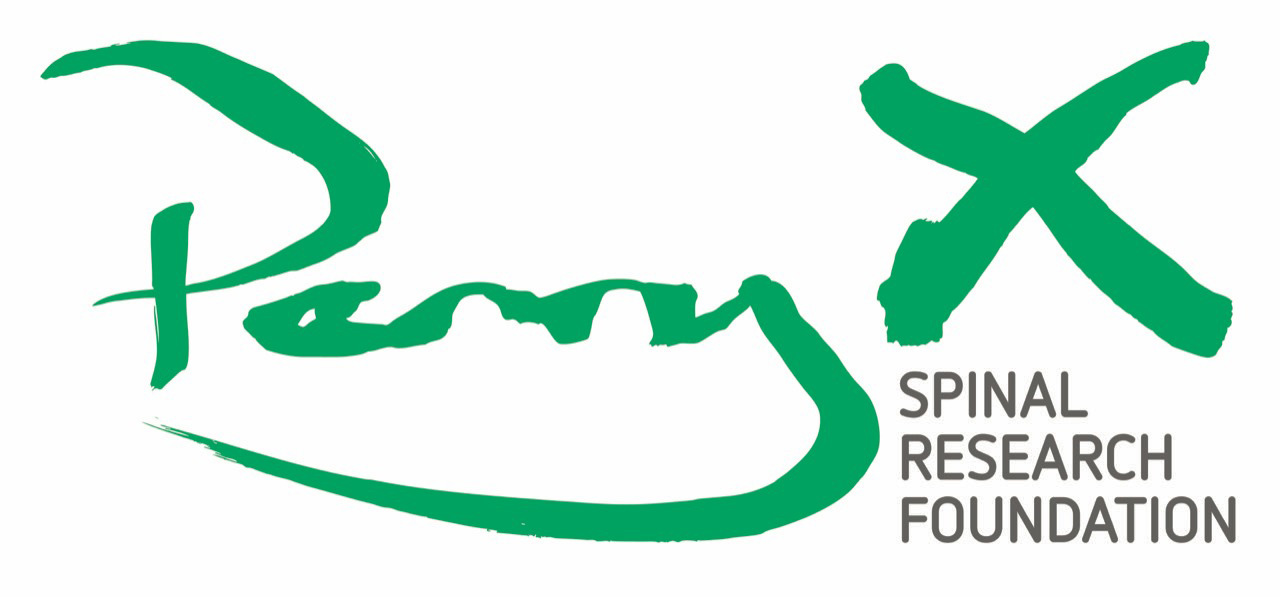The Spinal Injury Project team are always looking for new innovations and with the upcoming human clinical trials the team needed an approach that enabled the surgeons to develop personalised surgical plans for participants with a spinal cord injury.
We know that every spinal cord injury is different, which means that every surgery has to be different as well. To address this, Dr Ronak Reshmawala at the Spinal Injury Project, is partnering with an innovative institute at Griffith University, called ADaPT, which offers access to highly advanced 3D printing technologies and skills.
Thanks to this innovative technology combined with Dr Ronak’s expertise, the Spinal Injury Project team will be able to scan the patient’s injury site to make 3D-printable models. Surgeons can then use the printed models to develop a patient-specific, personalised surgical approach.
In the photos you can see a 3D model of a spinal cord which is the real replica of a human spinal cord. This technique is so accurate that the 3D printed models will have both soft tissue (spinal cord) and hard tissue (bone) with accurate microscopic details.




